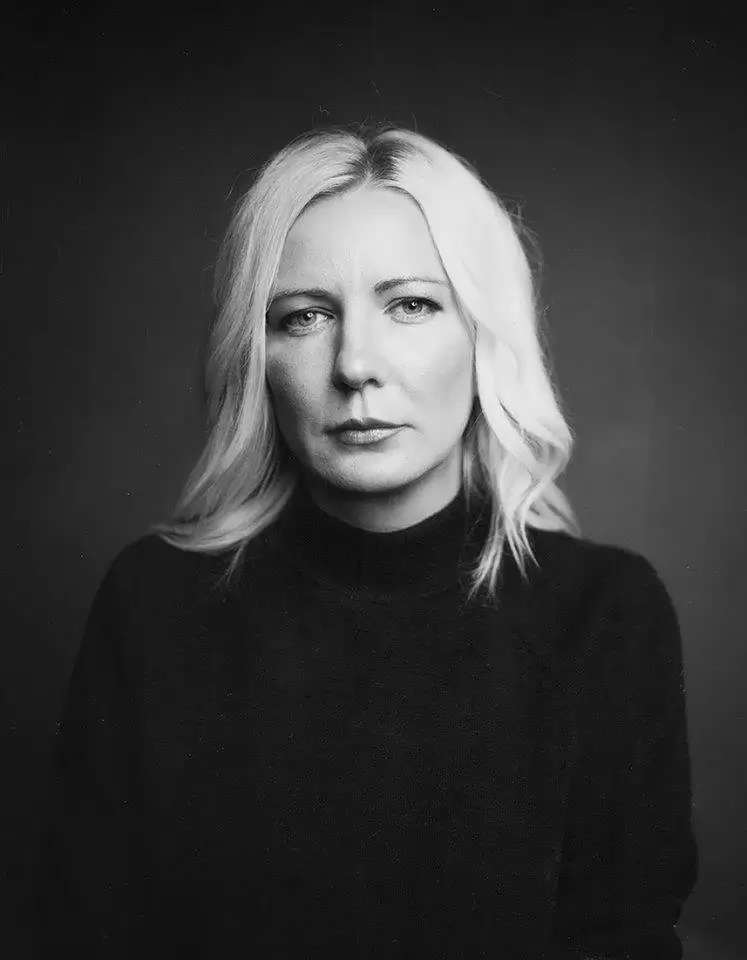Ukrainian artist and documentary photographer Alena Grom was born in Donetsk. In April 2014 she was forced to leave her hometown due to military events in Eastern Ukraine. Since 2017 she has lived in Bucha, a town outside of Kyiv.
As a result of the full-scale invasion of Russia in February 2022, Grom and her family became refugees for the second time, but returned after the de-occupation of Bucha.
These events largely affected her artistic practice. Photography became a salvation for Alena and a way to deal with the traumatic reality of war. Since 2016 Alena Grom’s work focuses on places affected by military aggression. Her lens captures victims of the war, migrants and refugees, and war-torn Ukraine in large. However, her photographs are not illustrations of pity or grief. Life in spite of everything is one of the main themes of the artist.Alena Grom’s projects were exhibited extensively in Ukraine and internationally; and recognised by a number of international photography awards
Statement:
I work at the intersection of conceptual photography and social reporting. Artists and war – these words’ combination evokes pictures sketched by the masters of a battle painting. The protagonist of such a genre is a soldier, a creator of victory. As a rule, society learns about a war from the perspective of a male about how to heroically fight, die and triumph. I narrate the war through subjective experience related to cultural memory, through the creative re-evaluation of my own life and as documented evidence for the events.
The idea of my work prevails over the form. The aesthetics in my work is secondary: though being not completely eliminated, it does not constitute the major to me. The aesthetics in the name of a pure form converts things into being useless, and the reality into a dead one.
I take a variety of approaches: from reportage to associations play, video, collages, using other people’s photography and archives. All these help me to express the idea and the feelings more deeply.
I sincerely believe that art is a power that can encourage people to participate in public dialogue. I create my projects partly in protest against the indifference. I feel responsible to myself and to those who fell victim to the war. An artist holds a responsibility. Together we are constructing a new political reality and an idea for the future. Art always sounds in tune with what is happening around.
